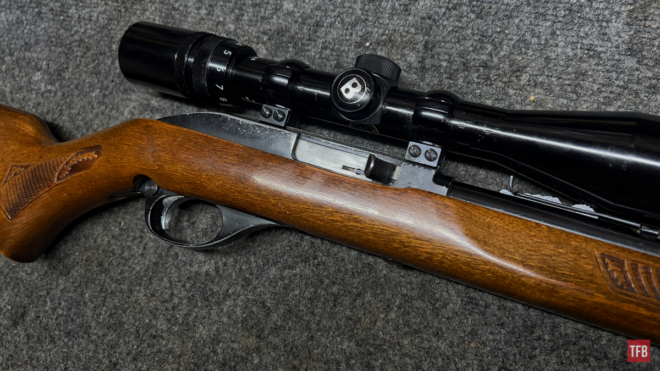Welcome everyone to the TFB Armorer’s Bench! As mentioned in the little blurb below, this series will focus on a lot of home armorer and gunsmith activities. In this article, I had some rimfire stuff on my mind since Luke C reached out and asked if I could fill in on Rimfire Report (I unfortunately have been pretty busy). It made me think of back when I was going to school for gunsmithing and repaired my father’s boyhood 22LR rifle. I’ll save that story for a future Rimfire Report whenever I am called upon again but for now, I wanted to do a commentary article on the Marlin Model 60 series of rifles. All variations of it apply even my dad’s old Coast to Coast Model 40 that he asked his father to buy him in the early 70s. Let’s dive right into this Marlin Model 60 commentary!
TFB Armorer’s Bench: The Marlin Model 60
Here, we at TFB hope to inform, entertain, and even inspire any would-be gunsmith or armorer out there. Ideally, with the information I provide and with the help of our sponsors, you can have some useful knowledge pertaining to the conservation and improvement of firearms technology while at the same time sharing experiences and teaching each other new tips and tricks along the way in the comments. Digging deep into what it is to be an armorer or gunsmith has significance but what is important is what those people do to show they’ve earned that title. I am happy to share my experiences and knowledge and hope it is informative!
Make your personal safety a priority:
- Practice proper gun safety. Always make sure before the firearm hits your bench that it is unloaded and safe to be handled.
- Wear the proper safety equipment. The main one would be safety glasses (decent ones) since parts are often under spring tension and you may work with high RPM tools. Other honorable mentions would be latex gloves or a respirator when working with potentially harmful solvents and oils. Also hearing protection when working with loud machinery or test-firing firearms.
- Modifications, alterations, and customizations will void your firearm’s warranty 9.5 times out of 10. Please take that into consideration before attempting any at-home gunsmithing.
- If you are unsure about proper safety practices, disassembly procedures, or warranty standards, stop, put down the tools, and consult a competent gunsmith.
Quick History: The Marlin Model 60
During the late 1950s, Marlin was going strong with what would consider their flagship semiautomatic rimfire rifle. I of course am referring to the Model 99. The Marlin Model 99 looked like a mix of the M1 Carbine and the Ruger 10/22 (still over 10 years away). It lacked the classic giveaway of the under-barrel tubular magazine that gives the Model 60 its look. Later the 99c would incorporate the longer tube.

Lot #32590**Marlin Model 99 M1 Semi-Automatic Carbine. . (n.d.). HeritageAuctions.com. photograph. Retrieved April 14, 2023, from https://historical.ha.com/itm/long-guns/semiautomatic/-marlin-model-99-m1-semi-automatic-carbine/a/6072-32590.s?ic16=ViewItem-BrowseTabs-Auction-Archive-ThisAuction-120115.
The Marlin Model 60 as we know it popped up in…1960, hence the “60”. It would become a reliable favorite to folks around the country well into the 1990s keeping up with the Ruger 10/22 that has since stolen the limelight and rightfully so with the rotary magazine technology. Regardless of your allegiance, the Marlin Model 60 remains a favorite and trusted rifle. I myself learned how to fire a rifle that was a licensed copy sold at a local hardware store.

Common Issues & Potential Reasons: The Marlin Model 60
Like with most rimfire guns, they get dirty FAST. 90% of gun problems are usually caused by a dirty gun or dirty parts. That is from my end of things. I should phrase that as 90% of guns that come to me with issues are dirty. You can expect any and all issues when it comes to rimfire stuff but it is almost always feeding and ejection issues. Obviously, my list below is not an extensive list but it is the major stuff I see so I figured I would share my thoughts.
Let’s start with ejection issues. This could be a lot of things but the first thing (besides overall cleanliness) that I look at is the type of feed system or “feed throat”. The feed throat is where most of the action happens. Rounds are fed from the magazine into the feed throat and subsequently lifted to the bolt to be chambered.
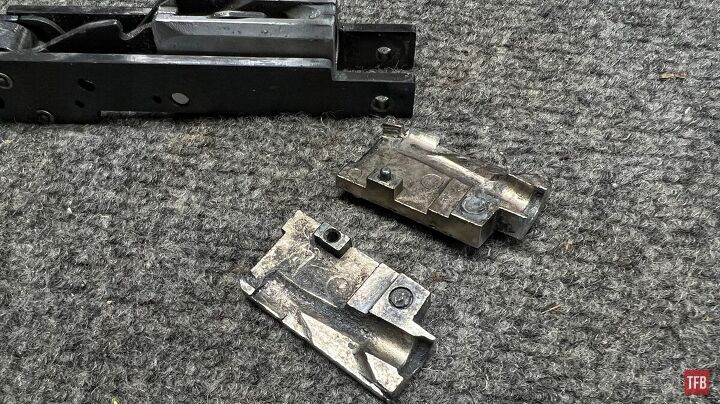
In much older versions of the Marlin Model 60, the feed throats had built-in ejectors. All it consists of is an overhanging claw that is molded into the form of the feed throat. When a round is extracted and brought rearward, it hits this “claws” point and is flung out of the ejection port.
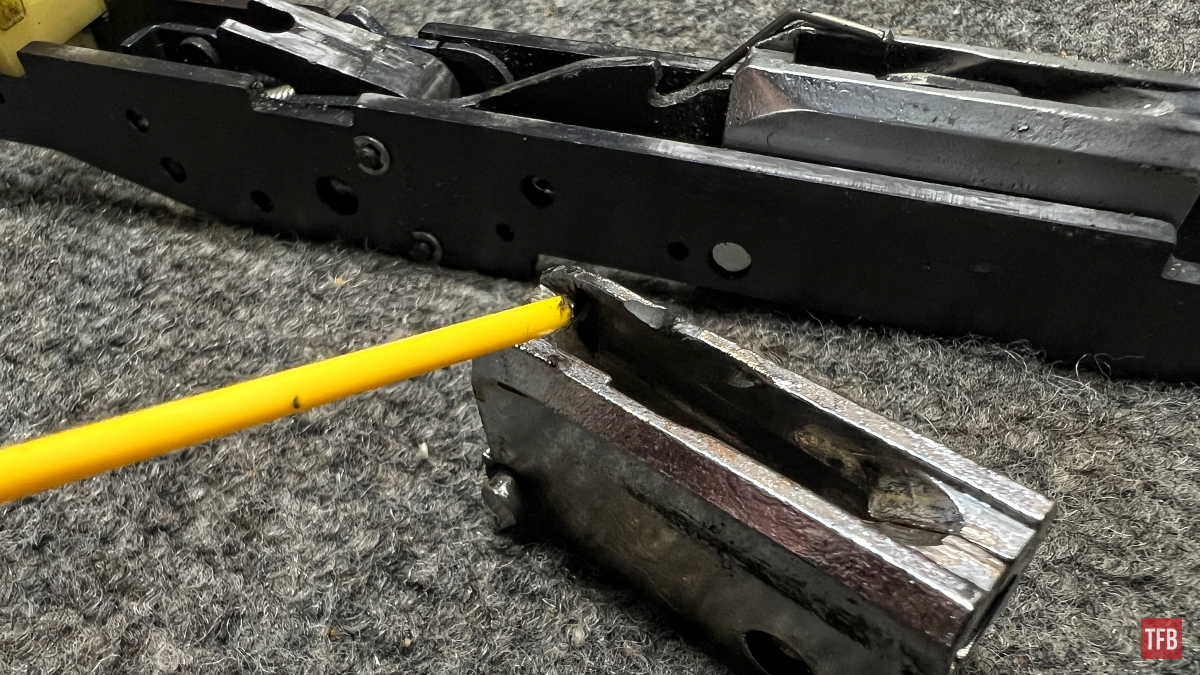
If you have a newer (probably 80s and later) Model 60, then you will notice that the ejector is a simple protruding spring tip (think of the end of a paperclip).
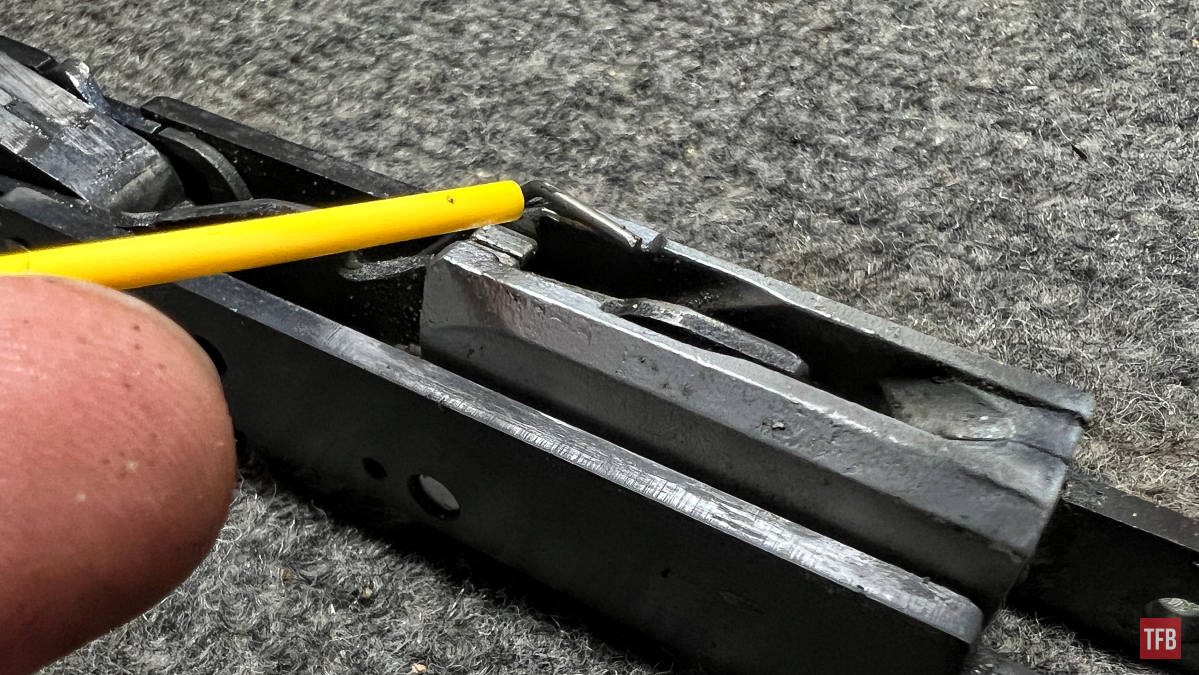
These older-style ejectors break off. Almost always are broken. There has seldom been a time when I inspect an older Model 60 and see this piece still in place. The feed throats are probably cast and over time that poorer quality internal structure becomes cracked and damaged by the continuous beating. The feed throats changed over time and will have different studs that coincide with holes in the action assembly.
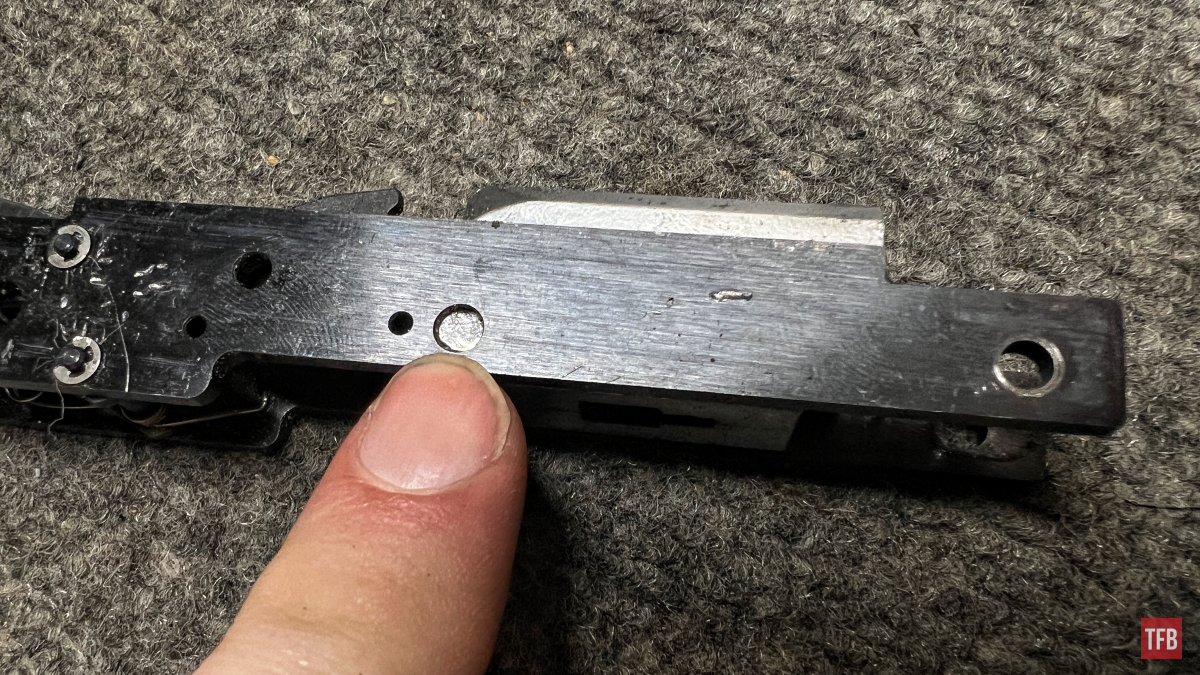
These older ones will usually have two or three studs. They can be replaced with the new style feed throats/ejector mechanism if a stud is removed. Best not to drill a hole in the side assembly plates. Less room for error.
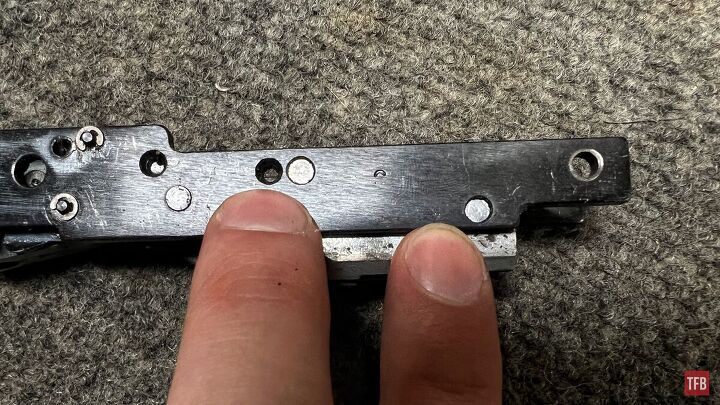
Since we are talking about feed throats, I should discuss the most common issue. As I mentioned, the feed throats changed over time. For a long time, they were a two-piece assembly peened together or aligned by a stud. It would look like it is split lengthwise from the top.
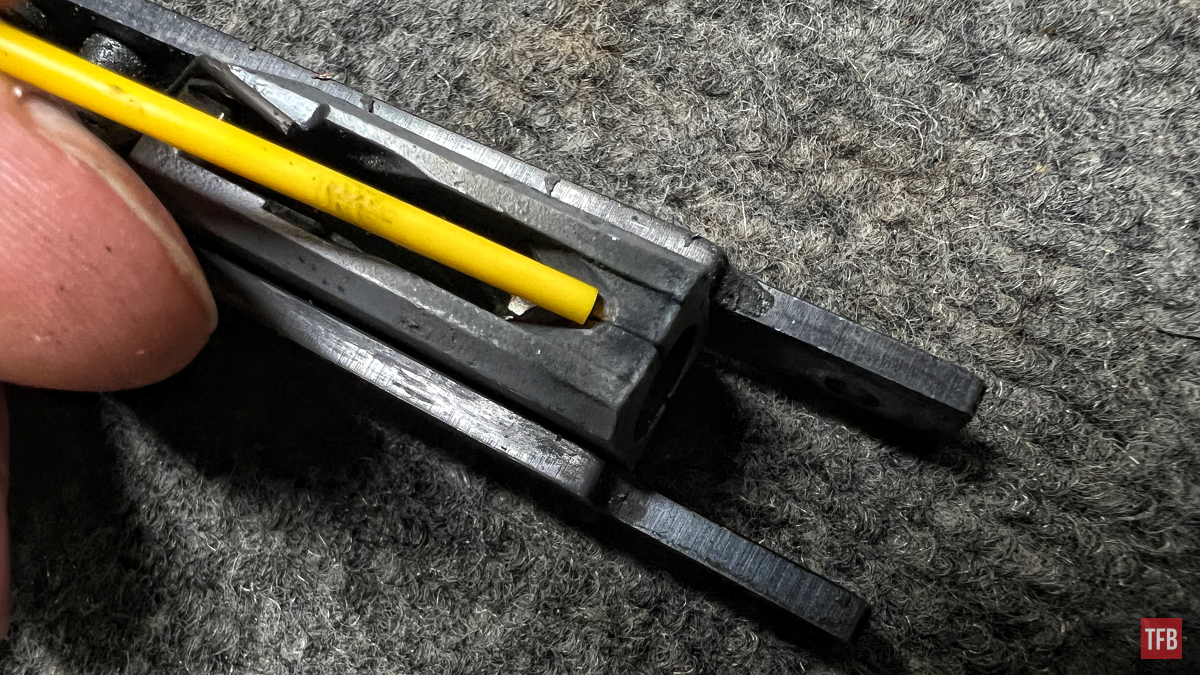
If dirty or worn out from age and use they will begin to separate while in use. This can and will affect the precision with which rounds are fed from the magazine tube and lifted by the carrier piece. A fix can be one of three things: Re-peen them together, clean them, or replace them with a more modern one-piece feed throat.
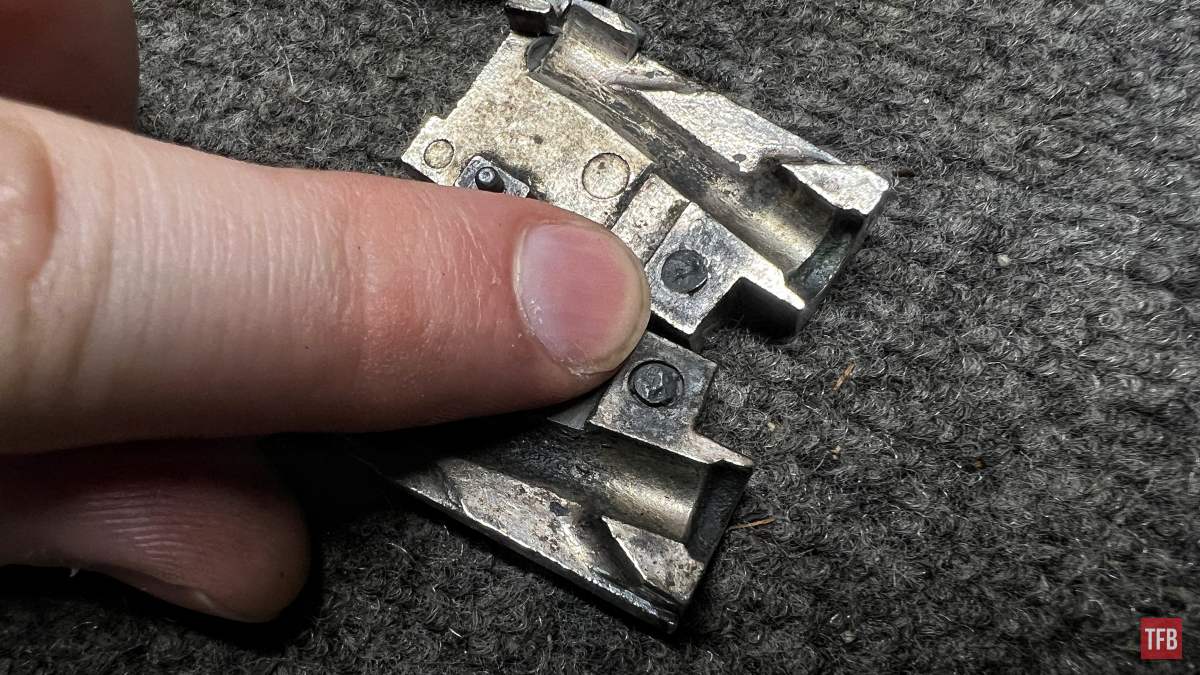
A less common issue but I have seen once or twice is a kinked recoil spring. This can cause a sort of short-stroke malfunction that looks like a failure to eject/extract. Kinked recoil springs, by my own observation, happen by either excessively dirty and worn out guns or more likely by misalignment during reassembly by someone attempting to do their due diligence and maintenance. Be careful putting the spring/guide rod back in the bolt. Keep it straight and clean so there are no issues.
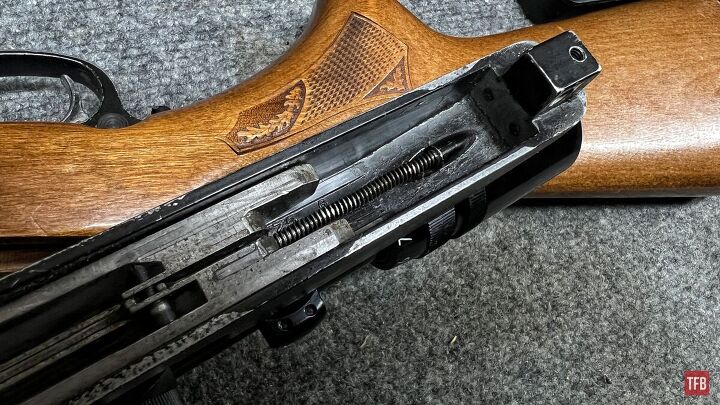
The last common issue that comes to mind is the buffer in the rear of the action assembly. These simply get beat up or get old with age. I suppose some more aggressive solvents may weaken the plastic/rubber buffer but more than anything they just get old. There has been many a time that I have cracked a Model 60 open to find a crumbling or crumbled buffer. This can cause any and all malfunctions. They rarely show a warning sign of failure besides being very rigid or hard like soft-ish rubber gets when it gets old.
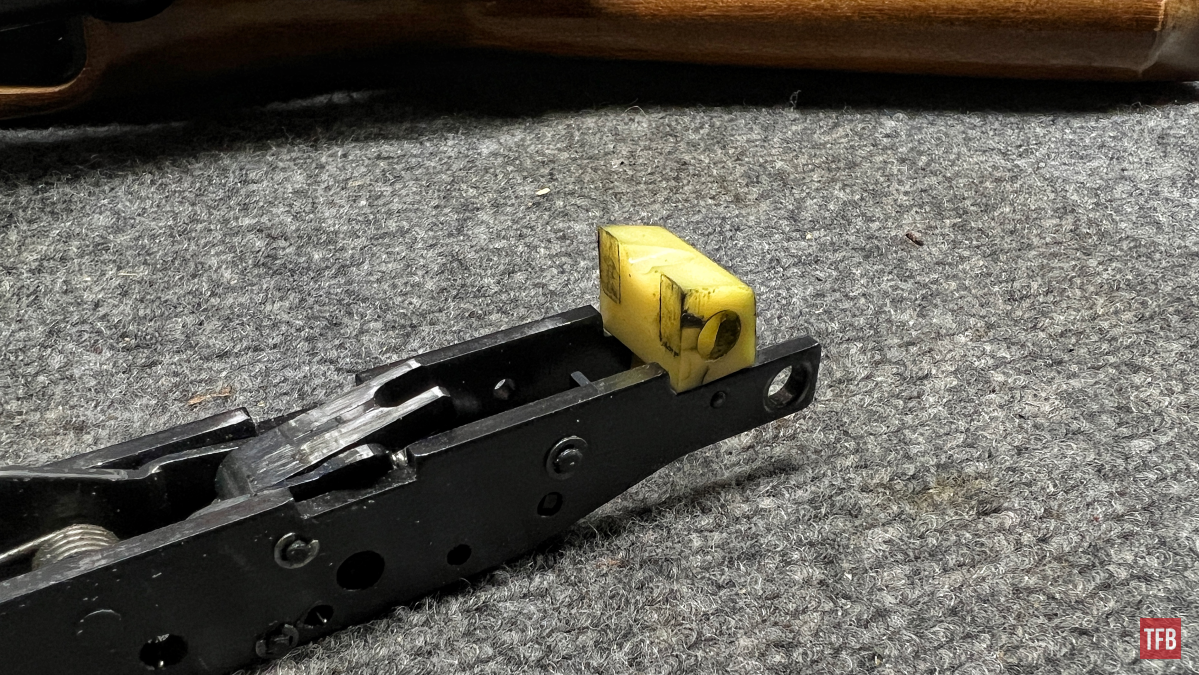
Closing Thoughts: The Marlin Model 60
As I mentioned, this does not cover the vast minefield of problems that can occur in rimfire firearms such as the Marlin Model 60. Typically my commentary-style articles cover some troublesome guns but these are usually solid rifles and a lot of the issues they have can be applied to the Ruger 10/22 since they are very similar. Unfortunately, a lot of the Model 60s problems just come from age and not enough maintenance. Clean your guns folks! I hope you found this to be informative if you were experiencing issues. See you next time. Some exciting projects are to come!
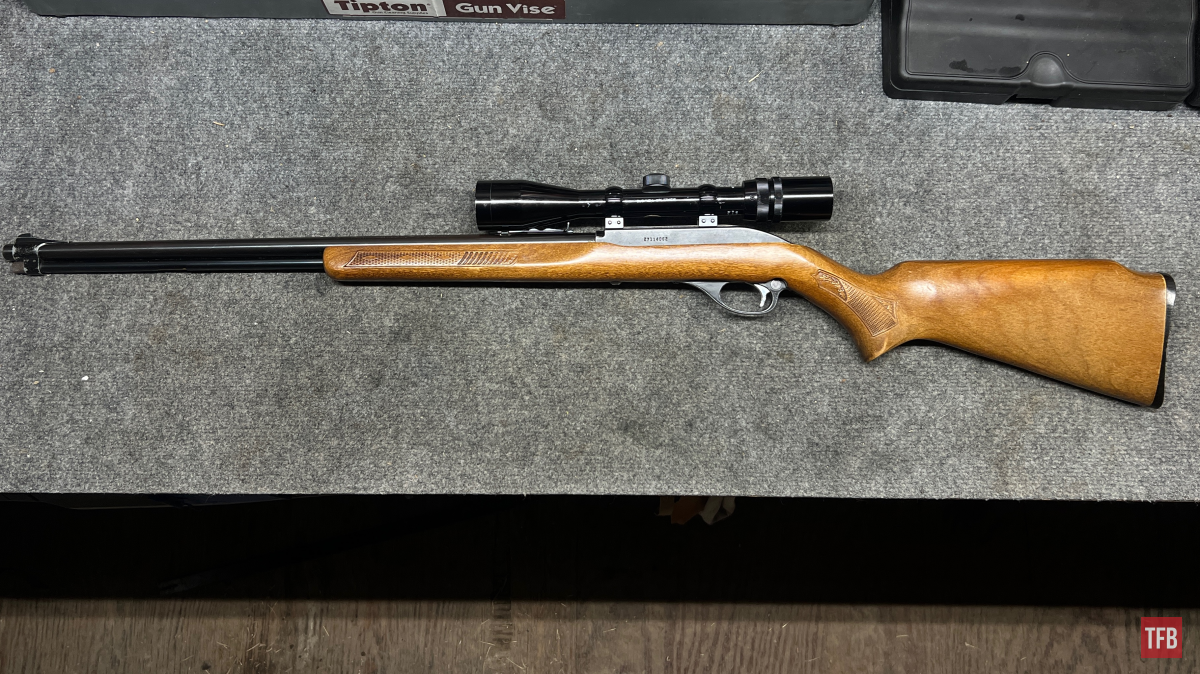
As always, thank you for reading TFB! Be safe out there, have fun while shooting, and we will see you next time for the TFB Armorer’s Bench! Also, let us know what you think in the comments below! We always appreciate your feedback.
 Your Privacy Choices
Your Privacy Choices
